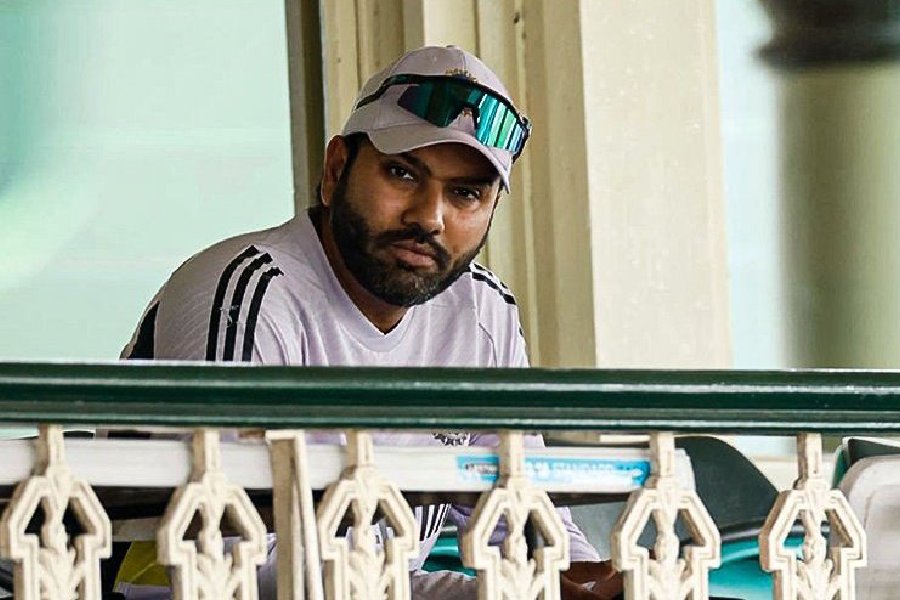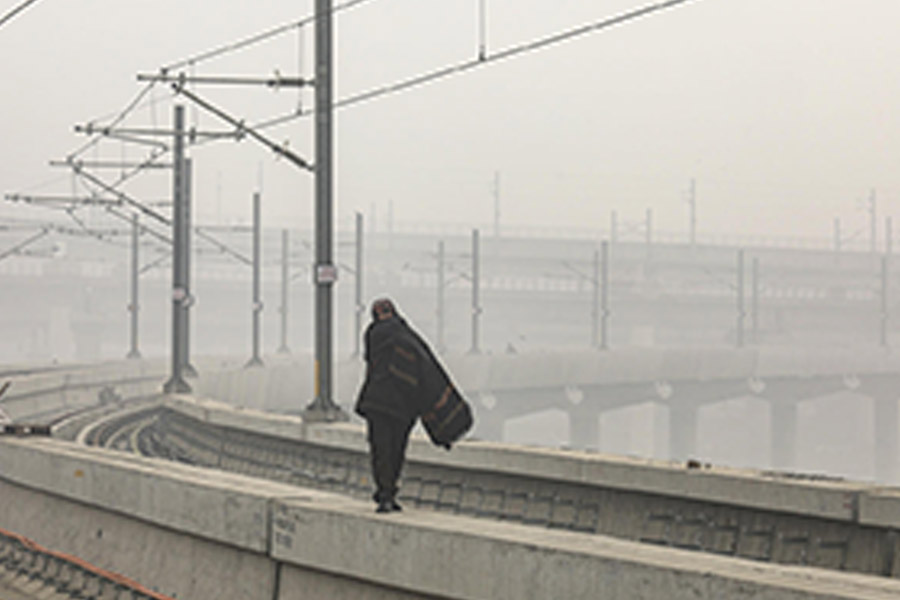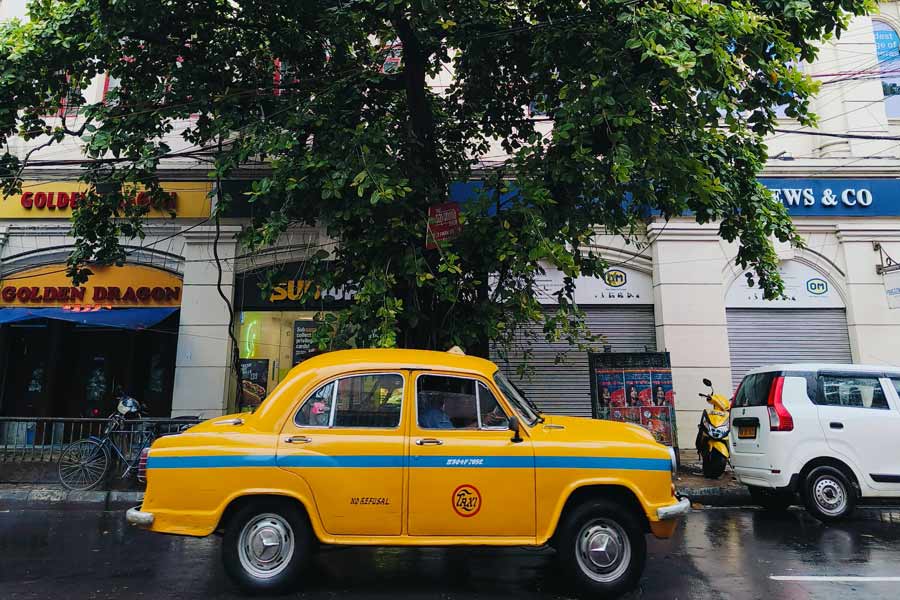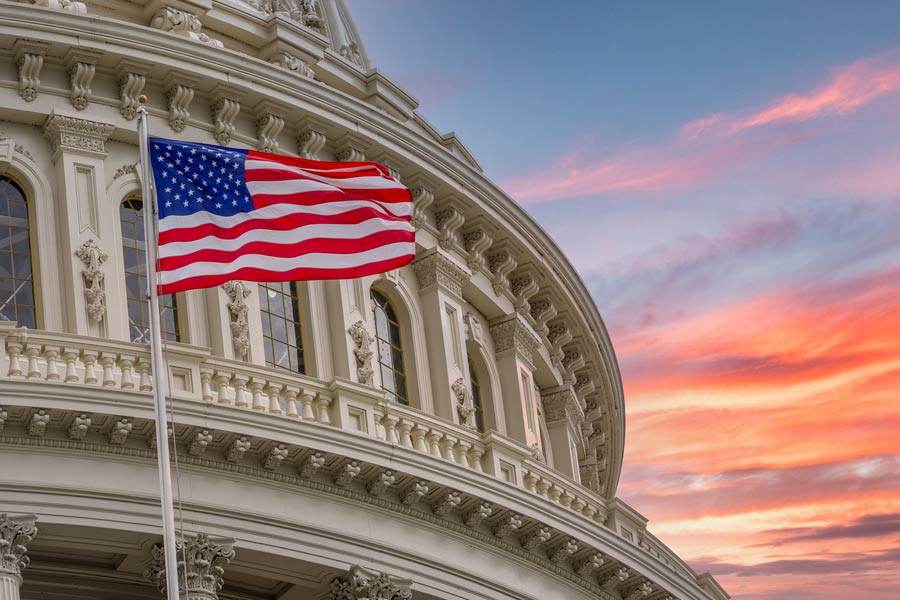In the aftermath of Christmas, on the edge of the New Year, we take a look at all sorts of resolutions and how they impact our lives.
The most played out joke every end of year must be the Q&A where “What’s your resolution this year?” results in “It’s still 1024 x 720 as it was last year.” Not funny for photographers for whom pixel count is everything. Digital cameras come in with higher and higher resolutions, trying to stay ahead of mobile phones with growing numbers of high end cameras built in. The eternal debate of whether 64MP is better than 8MP for a front camera rages on. This is not true of the political sphere where it is alleged that a lower number of thinking MPs could actually be more sensible than the larger horde of elected ones. Sorry for the political comment but MP occasionally sounds more like Mega Promises than Megapixels.
For those in the business of art, graphics, photography and digital painting, the painful resolution is whether we stick to our art or go with Art-ificial Intelligence. The uncanny video that did the rounds this season was an AI generated Christmas carol set with ghosts of Christmas past featured alongside the living. I say uncanny because it looks so real that the worst fake news is also possible with AI. It disconcerted me to see Rahul and Rajiv Gandhi together; similarly Stephen Hawking and Mark Zuckerberg, or APJ Abdul Kalam and Ratan Tata. The list goes on. It demonstrates what a few million pixels and a mathematical algorithm can do in both the right and wrong hands. The old adage “Seeing is believing” just adopted a new meaning. The only saving grace is that all of the digital actors could have won any ugly sweater contest!
Every festival season gives rise to a swarm of neo-artists who produce memes, e-cards, GIFs and PNGs with a few videos thrown in. All the social clubs, churches, associations and institutes will have something to advertise be it a Carnival or Bake Sale or a good, old fashioned Dance. Back in the day we outsourced the advertising to young people who could wield a paint brush and had the patience to create “posters”. It meant a trip to the stationery, picking up a few pots of poster colour, brushes, and chart paper and heading home for a productive evening stretching into the wee hours. Each final poster had its own signature errors — colour variations, hastily adjusted mistakes — and thereby a character of its own. These posters were taken by hand (and foot) to various places in the city and posted with permission in shopfronts and on notice boards. Today, one can just “do it on Canva” or some similar software on your phone. Define the canvas size, select readymade stickers, emojis or images, perhaps use a template and you’re done! The true graphic designers in the crowd will sneer at the lack of balance, the clash of colours, the wrong use of fonts and the spelling mistakes, of course. The e-artist doesn’t mind — except when it comes to resolution. Print media demands a minimum resolution to look decent in print. Those mobile phone generated images are great for instant messaging across multiple broadcast lists but the newspapers won’t accept them. Nor will the guys who print those giant flexes. “Resolution Too Low” is the verdict. The crestfallen instant artist realises that all the nakhra (fuss) that real designers create is something they thought they could get around by using freebies. Event managers make a new resolution to get their work done by professionals next year.
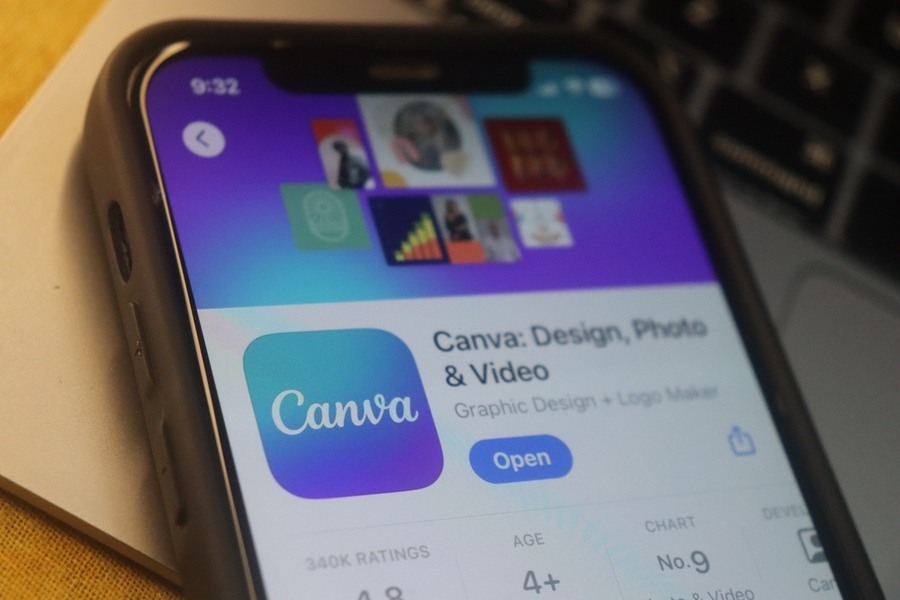
Before you could “do it on Canva” or some similar software on the phone, advertising involved young people who could paint and create posters by hand Shutterstock
There was a time when artists (or even humble poster makers) would sit down and “visualise” their artwork. They might have done a blank page mock-up with pencil to establish all the elements before finally transferring the ideas to the poster. Now we have AI. Just ask the software to come up with designs and lazily pick the easiest to deal with. Moreover, if you have the right AI software you can probably specify size, resolution and everything. It’s a whole new world, designed to make life easier and thereby less challenging and possibly less creative than the DIY process.
But a new year begins. We now need to make resolutions of a different kind. Low Resolution (Lo-Res) ones that we can quickly bring to market, spread like wildfire and forget about shortly after. Hi-Res can be a little more complicated. These are lofty, idealistic plans that are made when decently inebriated, hence the name “high” resolutions. All of us have both types. Some of my favourites are listed here, with probable explanations why they haven’t been achieved.
The Lo-Res ones are things like, “I resolve to delete all the memes, images, greetings, meaningless videos and dirty pictures sent to me on my WhatsApp (WA) groups”. This usually fails because the rate of input exceeds the ability to delete at the same speed. At this time of year the ingenious artists produce content at a very high tempo, spelling mistakes and all. And the Forward Brigade sends them out to all. Even if you are successful at starting your deletion, there will always be that one video that you feel the urge to send to your own lists — and the cycle recycles.
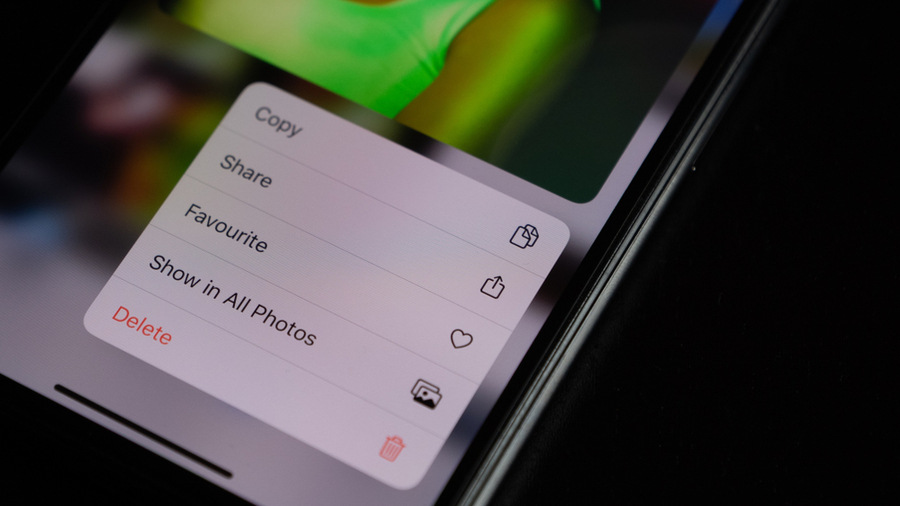
The resolution to delete unnecessary media from your is like a low-res image — quick to bring to market and quick to fade Shutterstock
The same happens for selfies and other captures on your phone. Once you access the pictures, you end up scrolling through them and reliving the great times. And like all family heirlooms, they live for another day or till the phone crashes. It’s a little quicker but just as time consuming as opening that suitcase full of old photographs.
Hi-Res, like pixel-dense images, are packed with good intentions. Giving up smoking must top the list, with drinking and eating high-carb diets as close seconds. Weight loss is another all-pervasive resolution. So, visits to gym, workouts, eating healthy, chewing gum and all the other panaceas offered on Facebook Ads are religiously recorded as plans with most of the paper remaining blank as the next year rolls over to the next. Spring cleaning — postponed by procrastination to Autumn, Diwali and Winter cleaning — finally gets re-listed as Spring Cleaning, a year later. In the digital age, deleting old mail from the inbox and junk mail from everywhere else is another must-do that never gets done. To this list I must add resolutions like, “I must repair my vehicle” — which we keep repeating as we eventually push or wheel it to the mechanic. Or, I’m getting married in the morning... which hasn’t dawned in a long time!
Every year-end begins with good intentions. The old saying goes, “The path to Hell is paved with good intentions.” So, most of us, with our resolutions, high or low, as AC/DC sings, are “on the Highway to Hell”. See you there.


